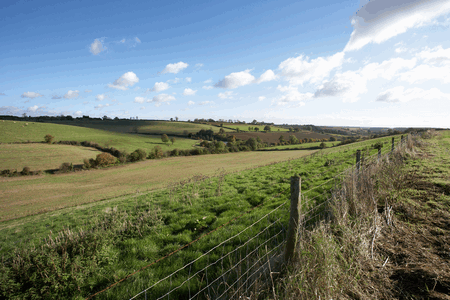Tips on preparing for IPPC poultry site inspections
For the 900 poultry producers in the UK who have now applied for IPPC permits, the race is now on to comply with the permit conditions.
“The real work now is meeting the improvement conditions in the permit,” said Dr Selena Randall of the Environment Agency.e_SClB
So far some 700 broiler producers, 127 layer units, 37 turkey units and 14 duck producers had registered with the scheme, which only affects producers with more than 40,000 birds.
“Most people should have seen one of our environment officers by now,” claimed Dr Randall .
“They will have talked through the permit with you, advised you of the records you need to keep, and will have given you some advice on areas on your farm that may need some improvement.”

“We are now beginning to start full ‘in-compliance’ inspections, when we will be scoring producers on whether they are complying with the conditions and taking action.”
What should you now be doing?, she asked. Producers should already have done an accident and – if necessary – a manure management plan, as well as keeping records of manure disposal.
Noise and odour management plans should also be in place. Attention was now focusing on achieving the improvements set out after the first inspection.
An important one for many producers would be the bunding of oil tanks: “A number of tanks have been sold as ‘IPPC-compliant’ built, but they aren’t, ” she warned.
Reducing ammonia emissions, especially near wildlife areas, was another common condition to be met.
The golden rule for meeting the improvement conditions was to speak to an officer first.
“Don’t make any changes until you have submitted an improvement plan and discussed it with us,” she said. “Then we’ll talk about the timetable for making changes.”
Coming up in the next four years would also be reviews of water usage, waste handling and energy use.
